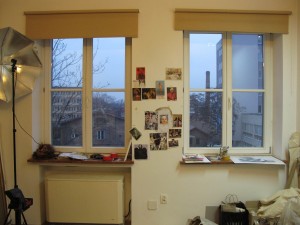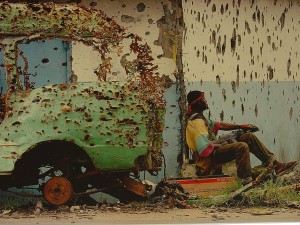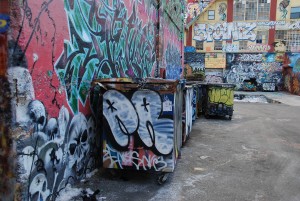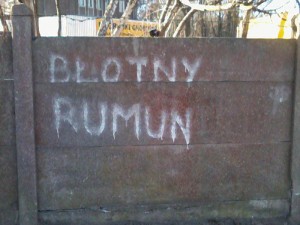With different means like email, social network, but also more traditional one like newspaper advertisement or leaflet I tried to reach as random and big group of people a possible. By sending me their image of wall I tried to encourage them to take a part in project of building the collective conscious of not-knowing. I asked them to try to recall a memory, one they have never had. I emphasized that building a database of factual memories never has been my aim but an activation of a potency which comes form the collective action and imagining the impossible.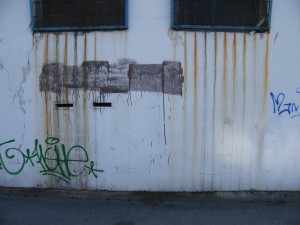
You can check received matarial here.
I try to find different understanding of the world public. The solution came with my lately fascination with Hakim Bey. I was thinking about my interpretation of the notion of poetic terrorism he uses. I realized that this what is so seducing for me in public space, no matter if it’s street or virtual space, is the potential of radical inclusion and randomness. How is image approaching space, how people are approaching images, how are people approaching space with these images? The meaning shuffles, constantly circulates in an inseparable triangle of human-body-image, changes and built multilayer variations of itself in the eye of beholder. There’s no society which shares collective memory, but rather a group of specific people to potency of whose I want to reach. Public, even though defined by dictionary as, “(adj)Open to the knowledge or judgment of all, (n)The community or the people as a whole”, for me is always written with the language of invisibility. There’s always some exclusion. I want to use the concept of radical inclusion including everyone as potency. My methodology is a pure “methodology of randomness”. I want to touch everyone I can and together build the consciousness of not-knowing. The effect of disappearance and exclusion changes into being because of mass experience of subjectivity itself.
Try to recall memory, the one You have never had. Try to bring back a meaning from this withdrawal knowing.
Meaning is not an event which arrives, you rather build it.
“It is like thinking about the experience which is not experienced. It is something I can neither forget nor remember, because in order to forget I would have to have been able to remember it as something that “happened” and that is experienced…” * Maurice Blanchot “ the writing of the disaster”
What will happen if our subjectivity changes a subject? What if sight and memory forget the object itself or find another owner? And it enters the other subject’s set of personal meanings and association?
When the object disappears, the descriptions remind us how loss acquires meaning and generates recovery, not only of and for the object , but for the one who remembers. Important here is language as an art form and indyvidual memory as ever-changing-always-dissolving-in-time database.
